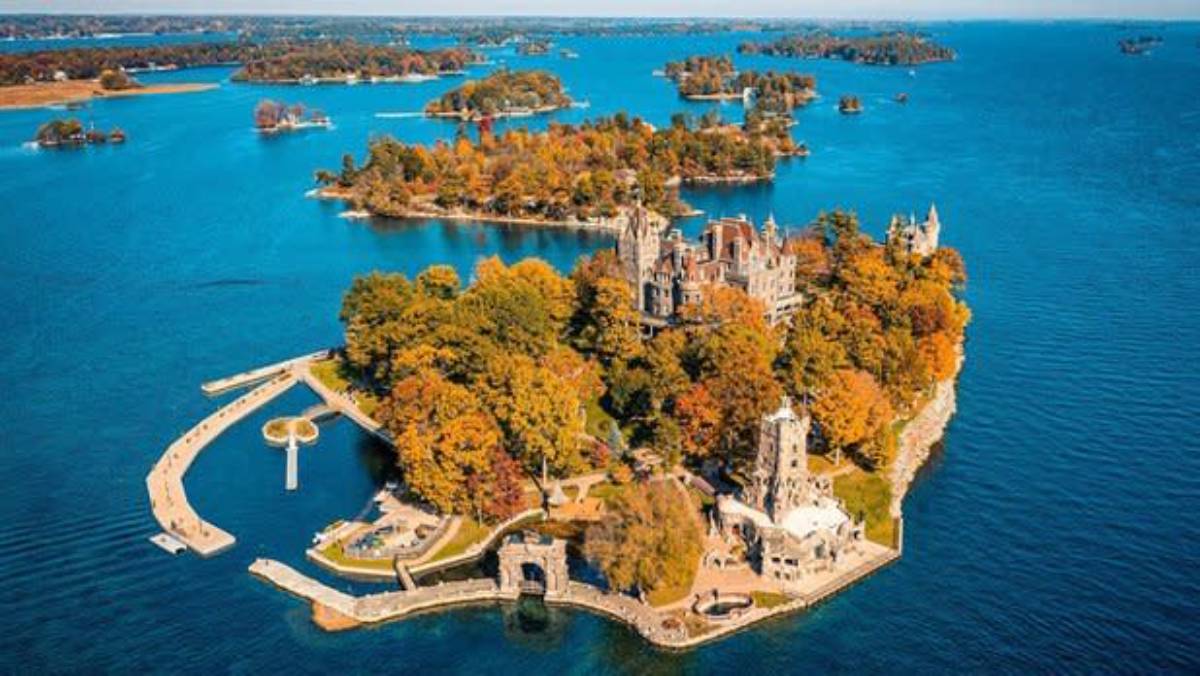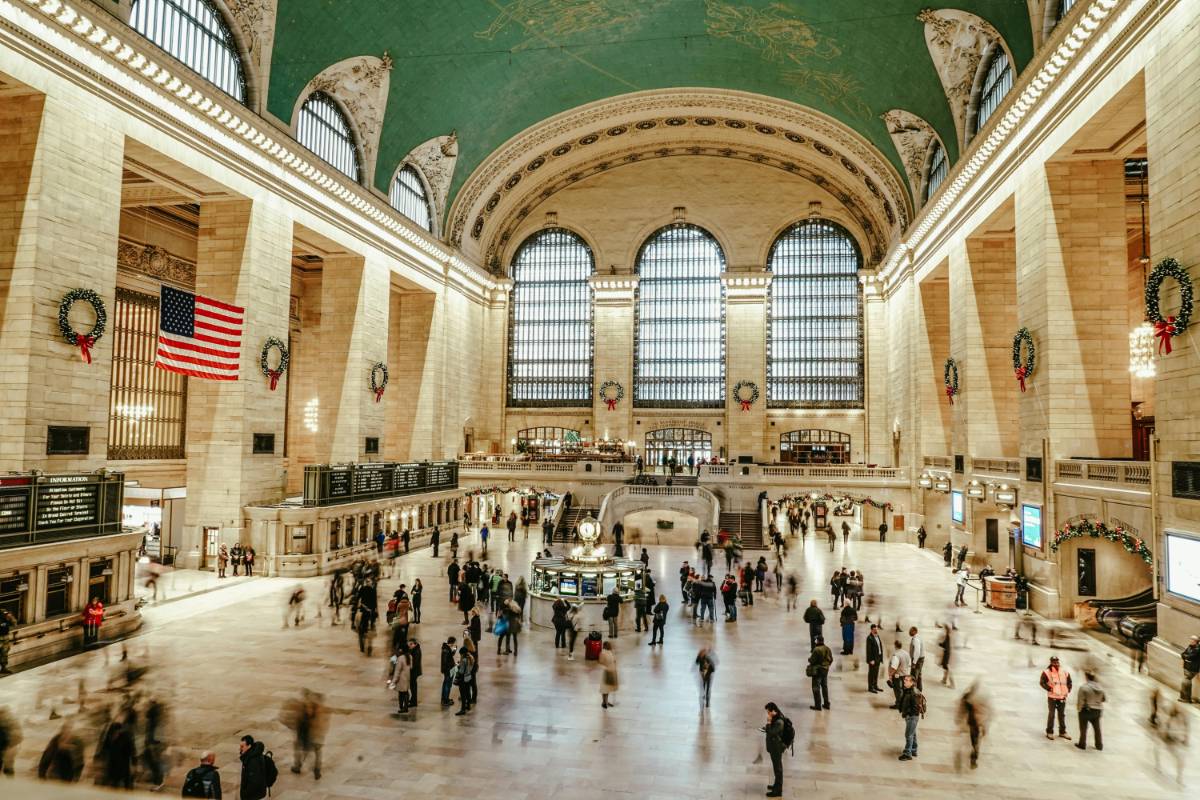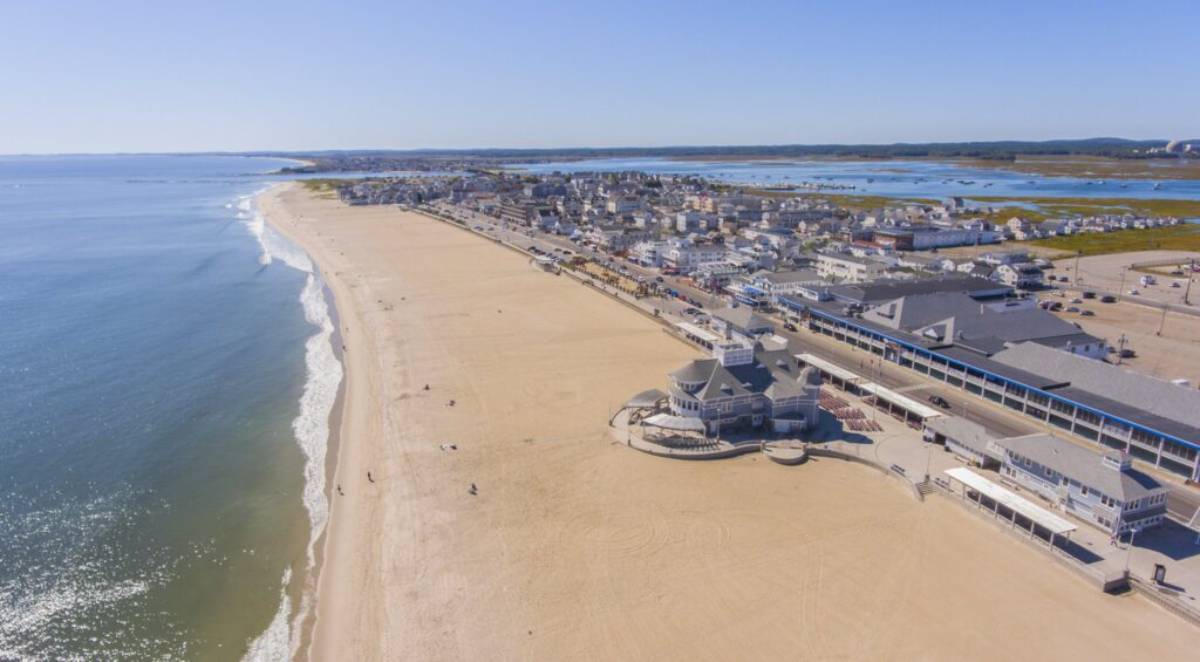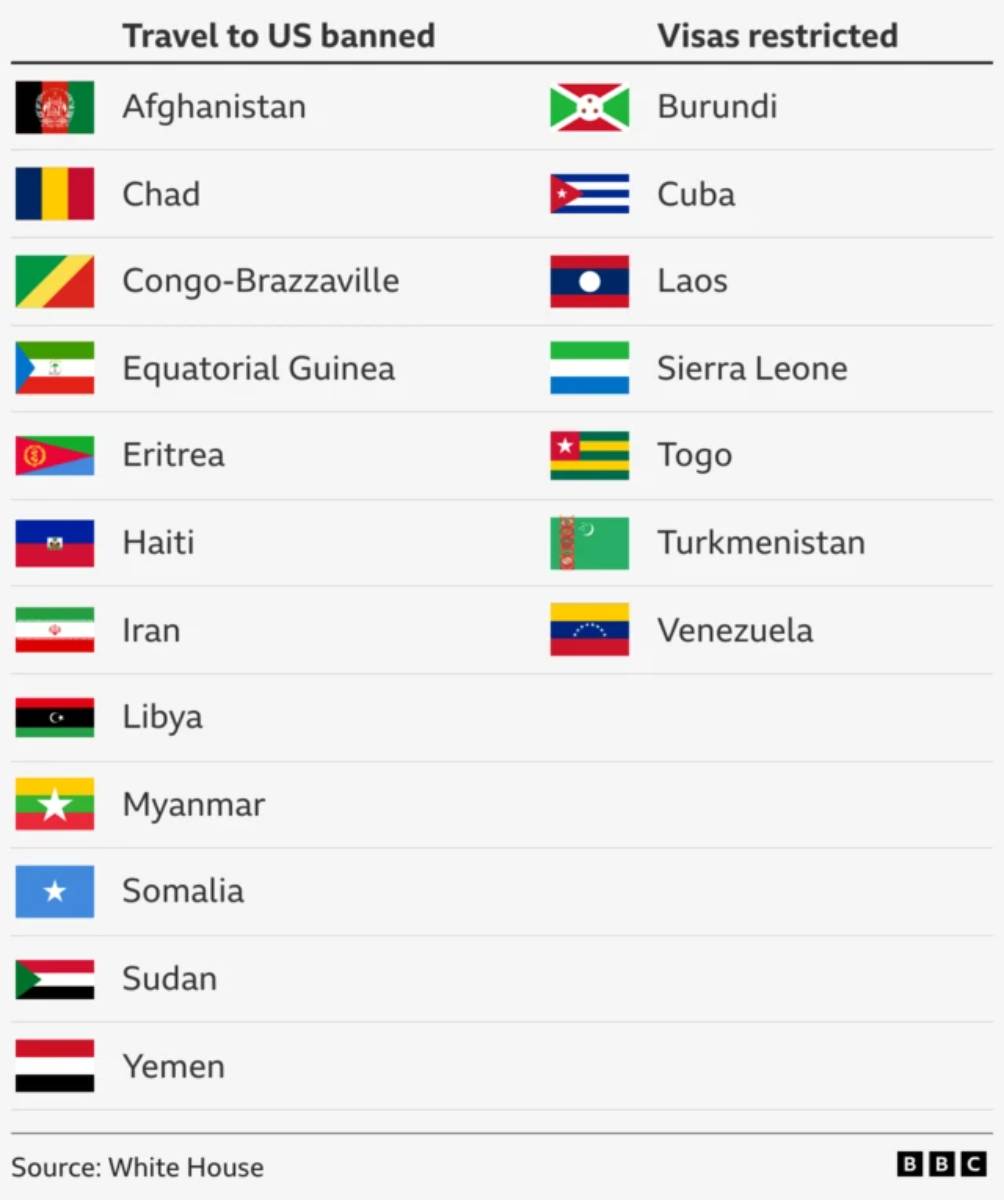
NYC Landmarks
23 New York State Islands You Have to Visit
New York State may be known for its bustling cities and mountainous regions, but it's also home to dozens of stunning islands—each offering a unique escape. From the Thousand Islands along the St. Lawrence River to hidden gems on the Hudson and off the Atlantic coast, these 23 islands offer a blend of nature, history, adventure, and relaxation. Ready to set sail? Here are the must-visit islands across the Empire State.
New York State may be known for its bustling cities and mountainous regions, but it's also home to dozens of stunning islands—each offering a unique escape. From the Thousand Islands along the St. Lawrence River to hidden gems on the Hudson and off the Atlantic coast, these 23 islands offer a blend of nature, history, adventure, and relaxation. Ready to set sail? Here are the must-visit islands across the Empire State.
1. Long IslandA world of its own, Long Island is home to beaches, vineyards, charming villages, and endless coastline. From the Hamptons to Montauk, it’s a destination for everyone.
2. ManhattanThe most famous island in the world, Manhattan offers skyscrapers, Broadway, world-class dining, and Central Park—all packed into 22 square miles.
A short ferry ride from lower Manhattan, this car-free oasis has art installations, bike rentals, hammocks, and historic forts.
💡 Discover More from NYC Landmarks
Tucked between Manhattan and Queens, Roosevelt Island is accessible by tram and offers riverside paths, green spaces, and panoramic views.
5. Fire IslandA barrier island off Long Island’s south shore, Fire Island is known for its quiet beaches, lighthouses, and LGBTQ+ friendly communities.
6. Shelter IslandNestled between the North and South Forks of Long Island, Shelter Island offers tranquility, nature preserves, and waterfront dining.
7. City IslandLocated in the Bronx, this nautical village feels more like New England than NYC. Expect seafood shacks, marinas, and charming streets.
8. Heart IslandHome to the famous Boldt Castle in the Thousand Islands, Heart Island is one of the most romantic destinations in New York.
9. Wellesley IslandAlso in the Thousand Islands, Wellesley offers state parks, camping, and scenic beauty right on the Canadian border.
10. Grindstone IslandAn off-grid experience with rustic cabins and hiking trails, perfect for those looking to disconnect.
11. Grand IslandSituated in the Niagara River, Grand Island is a suburban escape with parks, biking trails, and views of nearby Niagara Falls.
12. Isle of Pines (Saranac Lake)This tiny island is reachable by canoe and offers classic Adirondack camping under the stars.
13. Plum Island (Gardiners Bay)A restricted island owned by the government, but its mysterious history and surrounding views continue to intrigue visitors.
14. Cayuga Island (Niagara River)A residential island near Niagara Falls with a peaceful, community feel and waterfront charm.
15. Van Schaick Island (Cohoes)Rich in Revolutionary War history, this Hudson River island is now a residential hub with walking paths and water views.
16. Rat Island (Bronx)Once privately owned and largely barren, it’s one of the most curious (and smallest) islands in NYC waters.
17. North Brother IslandAbandoned and off-limits, this island near the Bronx is famed for its eerie ruins and wildlife restoration efforts.
18. South Brother IslandIts lesser-known sibling, home to seabird colonies and rarely visited by humans.
19. Iona Island (Hudson River)A protected nature preserve with bald eagles and wetlands, ideal for birdwatching.
20. Hog Island (Long Island Sound)A quiet spot for fishing, kayaking, and enjoying untouched nature.
21. Fishers IslandTechnically part of New York but geographically closer to Connecticut, it’s a preppy, exclusive escape with golf and sailing.
22. Onondaga Lake IslandsArtificial islands built to support wildlife habitat, best seen by kayak or paddleboard.
23. Four Brothers Islands (Lake Champlain)These small islands are protected for bird nesting and make for picturesque views during lake tours.
ConclusionFrom urban retreats to wilderness hideaways, New York’s islands are as diverse as the state itself. Whether you're kayaking through the Thousand Islands or enjoying seafood on City Island, there’s a perfect island escape waiting for you. Time to grab a ferry ticket, canoe, or beach bag—your New York island adventure starts now.
Stay in the Loop
Get the latest news from Class Action, Medical Claims, Personal Injury and Consumer Protection.

Olivia Turner
Expert in Legal Writing & Research
Olivia Turner is an advocate for legal clarity and accessibility. With years of experience in law, they bring a meticulous and thoughtful approach to each article, offering readers insightful analysis of complex topics.
Discover More About Olivia TurnerYou Might Also Like

NYC Landmarks
Make Your Plans for Ryder Cup 2025 in New York State
The world’s most prestigious team golf tournament is coming to New York State in 2025—and it’s time to start planning your ultimate Ryder Cup experience. Whether you're a lifelong golf enthusiast or simply looking to witness sports history unfold, the Ryder Cup offers intense competition, patriotic energy, and an electric atmosphere that goes far beyond the green.***Where It’s Happening: Bethpage Black, Long IslandBethpage Black Course in Farmingdale will host the 2025 Ryder Cup, marking the first time this iconic public course welcomes the international showdown between Team USA and Team Europe. Known for its challenging layout and dramatic elevation changes, Bethpage is no stranger to major events—including U.S. Opens and PGA Championships.With its tough terrain and loyal New York golf fans, expect a Ryder Cup full of drama, energy, and unforgettable moments.***When to Go and What to ExpectThe official tournament takes place September 26–28, 2025, with practice rounds and fan experiences starting days earlier. Plan to arrive midweek for the full experience—from team practice sessions to the opening ceremonies.The atmosphere is electric: flags waving, chants echoing, and every putt cheered or jeered. It’s golf like you’ve never seen it before.***Where to Stay: Long Island & BeyondLodging near Bethpage will book fast, so secure your accommodations early. Consider hotels in Melville, Farmingdale, or Garden City. For more upscale stays, head to the North Fork’s wine country or Manhattan with daily rail access via the LIRR.Many fans also book rental homes with friends or family to turn the weekend into a mini-vacation.***Transportation Tips for Attendees• Public Transit – Take the Long Island Rail Road (LIRR) to Farmingdale Station, with shuttles to the course.• Rideshares – Expect high demand during tournament hours. Book early and be patient.• Parking – Limited and by permit only. If driving, carpool or park-and-ride from designated lots.• Accessibility – ADA shuttle and viewing options will be available. Check Ryder Cup’s official website closer to the event.***Other Things to Do Nearby• Jones Beach – Cool off by the ocean after a day on the course.• Wine Tasting – Visit vineyards on the North Fork of Long Island.• NYC Day Trip – You're just a train ride away from museums, shows, and world-class dining.• Local Eats – Try Long Island’s legendary bagels, delis, and fresh seafood.***How to Get TicketsTickets are released in phases and sell quickly. Register on the official Ryder Cup website for updates, lotteries, and VIP package info. Hospitality tickets include food, drinks, and exclusive viewing areas.For those who miss out, watch parties will be hosted in nearby towns and NYC.***ConclusionThe 2025 Ryder Cup at Bethpage Black promises to be one of the most thrilling sporting events of the year. With world-class golf, passionate fans, and the perfect New York backdrop, this is your chance to be part of history. Start planning now—because when September arrives, you'll want to be in the crowd cheering Team USA or Team Europe at full volume.

City Beats
What Makes New York the City That Never Sleeps?
New York City, famously dubbed “The City That Never Sleeps,” earns its title through nonstop nightlife, 24-hour businesses, a thriving cultural scene, and an economy that pulses around the clock. From Times Square’s dazzling neon lights to subways running through the night, New York embodies constant motion. This article explores the history, culture, economy, and lifestyle that make New York a city awake at all hours.***Why Is New York Called “The City That Never Sleeps”?The nickname isn’t just a catchy phrase—it reflects a lived reality. In New York, it’s possible to grab a late-night slice of pizza at 3 AM, ride the subway at 4 AM, or watch the streets of Times Square illuminated as if it were midday. Unlike most global cities that quiet down at night, New York thrives on perpetual motion.The phrase was popularized by Frank Sinatra’s iconic 1980 song “Theme from New York, New York.” Yet its roots stretch further back, with references in newspapers from the early 20th century highlighting Manhattan’s round-the-clock hustle.***What Keeps New York Awake 24/7?The city’s unique rhythm is fueled by multiple forces working in harmony:Nightlife & Entertainment: From Broadway shows to rooftop bars, New York’s nightlife culture makes it one of the liveliest cities in the world.24-Hour Businesses: Diners, bodegas, pharmacies, and delivery services operate day and night, ensuring constant accessibility.Transportation: The MTA subway runs 24/7, a rarity among global metro systems.Tourism: With over 61 million tourists annually (NYC & Company, 2024), the demand for nonstop attractions is high.Media & Finance: Wall Street and the media industry often work late into the night to align with global markets.***How Does New York’s Nightlife Define the City?Nightlife is arguably the heart of New York’s “never sleeps” identity. Broadway performances, live jazz at Harlem clubs, and late-night comedy shows at The Comedy Cellar keep residents and visitors entertained until dawn.Real-life example: In the East Village, bars like McSorley’s Old Ale House welcome patrons into the early morning hours, while in Brooklyn, venues like House of Yes blur the lines between art, music, and nightlife.New Yorkers often say, “If you can’t find something to do at 2 AM here, you’re not looking hard enough.”***Does New York Really Have 24-Hour Food?Absolutely. Food is a major player in New York’s around-the-clock culture. From halal food carts lining Midtown to Katz’s Delicatessen serving pastrami sandwiches until 2 AM (and 24/7 on weekends), New York caters to insomniacs and night-shift workers alike.Even Michelin-starred restaurants like Momofuku have been known to serve late into the night, proving that world-class dining isn’t restricted to daylight hours.***How Do New Yorkers Commute All Night?The New York City Subway is one of the only mass transit systems in the world operating 24/7. With 472 stations and thousands of daily riders, it supports not just commuters but also the nightlife economy.Taxis, Uber, and Lyft also ensure constant mobility. The sight of yellow cabs cruising through Manhattan at 3 AM is an image synonymous with the city.***How Does Tourism Fuel New York’s Constant Motion?Tourists flock to Times Square, Central Park, and Broadway, often extending their adventures into the early hours. In fact, Times Square is brightly lit 24 hours a day, attracting more than 360,000 daily visitors.Example: Visitors arriving from different time zones often explore at odd hours—Londoners walking Times Square at midnight or Tokyo tourists shopping in Koreatown at 2 AM.***What Role Does Wall Street Play in NYC’s Sleepless Energy?New York is the financial capital of the world. With global markets in Asia and Europe opening during New York’s nighttime, traders, analysts, and media professionals often work late hours.The New York Stock Exchange may close at 4 PM, but the financial district buzzes well into the night as global deals unfold.***How Does Media & Culture Keep NYC Awake?The city is the headquarters of The New York Times, NBC, Bloomberg, and Reuters, all of which run 24-hour newsrooms. News doesn’t sleep, and neither does the city that reports it.Cultural hubs like the Museum of Modern Art (MoMA) and the Metropolitan Opera host evening performances, blending education and entertainment into late-night hours.***What Are the Best Late-Night Experiences in NYC?For those curious about how to truly live the “city that never sleeps” lifestyle, these experiences stand out:Walking through Times Square at midnight under dazzling neon lights.Watching live jazz at Blue Note or Village Vanguard.Exploring Koreatown’s late-night karaoke and restaurants.Eating a bagel at Ess-a-Bagel after a night out.Joining a late-night comedy show at The Comedy Cellar.usastreetsny201a.jpg***FAQs About New York, The City That Never SleepsWhy is New York busier at night than other cities? Because of its 24-hour transit, round-the-clock businesses, and thriving nightlife economy, unlike many global cities where public transport shuts down after midnight.Is it safe to walk around New York at night? Yes, in most busy neighborhoods like Midtown, Brooklyn Heights, and the East Village. However, like any big city, travelers should remain cautious in isolated areas.What food is available late at night in NYC? Everything from pizza and bagels to halal street food and ramen. Many restaurants operate into the early morning.What neighborhoods never sleep? Times Square, Greenwich Village, the Lower East Side, Williamsburg, and Koreatown are famous for late-night activity.Do other cities rival New York as “the city that never sleeps”? Cities like Las Vegas, Tokyo, and Hong Kong come close, but New York uniquely combines finance, culture, food, and nightlife into one nonstop hub.How late do Broadway shows run? Most Broadway performances end by 11 PM, but surrounding restaurants and bars extend the experience into the early morning.Is the New York subway safe at night? It is generally safe in well-trafficked stations, though travelers are advised to stay alert.What is the busiest late-night spot in NYC? Times Square, often called “the Crossroads of the World,” remains bustling with crowds even at 2 AM.How do night-shift workers shape the city? Healthcare workers, delivery drivers, and finance professionals keep the city operating while others sleep, fueling the 24/7 economy.Why does NYC’s economy depend on being 24/7? The combination of tourism, finance, hospitality, and media creates an ecosystem that thrives on constant availability.***Key TakeawaysNew York’s reputation as “The City That Never Sleeps” is rooted in history, culture, and economy.24-hour dining, nightlife, and the subway system sustain the city’s energy.Tourism, Wall Street, and global media reinforce the city’s nonstop activity.Real-life experiences, from late-night jazz to Koreatown dining, showcase why New York thrives day and night.***Final ThoughtsNew York City is more than a slogan—it is a living, breathing testament to perpetual energy. While many cities rest, New York thrives, driven by ambition, culture, and diversity. Whether it’s a tourist marveling at Times Square lights at midnight, a stock trader handling Asian markets at 3 AM, or a local grabbing pizza at 4 AM, New York proves time and again why it is, and always will be, The City That Never Sleeps.

NYC Heritage
Which Hampton Beach Is Truly Worth A Visit?
When people say “the Hamptons,” images of upscale beach houses, celebrity sightings, and golden shores often come to mind. But did you know there’s more than one Hampton beach to explore? From lively boardwalks to peaceful dunes, each stretch of sand in this iconic Long Island region offers a unique vibe. If you’re wondering which Hampton beach is truly worth a visit, we’ve broken it down to help you find your perfect match.***Main Beach, East Hampton: Classically ElegantMain Beach is often considered the crown jewel of the Hamptons—and for good reason. Regularly ranked among the top beaches in the U.S., it features clean, soft sand, gentle waves, and well-kept amenities.It’s ideal for families, couples, and solo sunseekers alike. Parking permits are required (and pricey), but it’s worth it for the stunning views, lifeguard safety, and charming nearby village of East Hampton.***Coopers Beach, Southampton: Wide Open LuxuryCoopers Beach is perfect for those who like space to spread out. With wide shorelines and views of historic mansions, this beach blends coastal beauty with old-world charm. It also has concessions, chair rentals, and showers.Though you’ll pay for parking, there’s easy access and a vibe that’s both relaxed and upscale. It’s a favorite for beachgoers who want a full-day experience without feeling crowded.***Sagg Main Beach, Sagaponack: Chill & CharmingThis less-touristy beach offers peace and simplicity. Locals love Sagg Main for its friendly feel, open space, and relaxed vibe. While it has fewer amenities, it’s perfect for beach walks, sunbathing, or reading under an umbrella.Bonus: you might spot local celebs who prefer to keep things low-key. Just be sure to arrive early—parking is limited.***Hither Hills State Park: Family-Friendly & FunLocated near Montauk, Hither Hills offers a slightly different vibe. It's known for its family-focused campground, rolling dunes, and beach trails. It’s state-run, which means more affordable access and plenty of space for picnicking and kite-flying.This is a great pick if you're combining beach time with hiking or staying in the area for a few days.***Atlantic Avenue Beach, Amagansett: Local FavoriteAtlantic Avenue Beach flies a little under the radar compared to Main and Coopers, but that’s part of its charm. With lifeguards, snack stands, and plenty of space, it’s a great option for families and younger crowds.It’s known for being clean, friendly, and less fussy. If you want a great beach day without the pretense, this is the spot.***Tips for Visiting Hampton Beaches• Parking Permits – Many beaches require day passes or town permits. Check ahead before you go.• Early Arrival – Parking fills fast, especially on weekends. Get there early for a good spot.• Pack Smart – Some beaches have few amenities, so bring your own umbrella, snacks, and water.• Respect the Rules – The Hamptons take beach preservation seriously. Follow posted signs and leave no trace.***ConclusionSo, which Hampton beach is truly worth a visit? It depends on your style. For luxury and polish, Main Beach or Coopers Beach deliver. Prefer something more down-to-earth? Try Sagg Main or Atlantic Avenue. Want the full outdoor experience? Head to Hither Hills. No matter your pick, one thing’s for sure—the Hamptons serve up beach days you won’t soon forget.

Street News
South by Southwest Tips – A SXSW Beginner’s Guide
Every March, creatives from across the globe flock to Austin, Texas for South by Southwest (SXSW)—a dynamic blend of music, film, tech, and culture. But if it’s your first time attending, the sheer scale of the festival can be overwhelming. From navigating badge options to finding the best tacos between sessions, here’s a beginner’s guide filled with essential tips to make your SXSW experience unforgettable.***Understand the Types of BadgesSXSW is broken into three main sections: Interactive (tech & innovation), Film (screenings & panels), and Music (live performances & industry talks).• Choose a Badge: Interactive, Film, or Music—each gives you access to that specific track, while the Platinum Badge grants all-access.• Tip: Many unofficial events don’t require a badge at all, so research both official and unofficial schedules.***Plan, But Stay FlexibleThe SXSW schedule is jam-packed with panels, screenings, showcases, and pop-up experiences. While it’s smart to plan ahead, staying flexible allows you to stumble into unexpected magic.• Use the SXSW App: Favorite events, get updates, and manage your calendar.• Be Ready for Lines: Popular events can fill up fast—arrive early or have backups planned.***Dress for Comfort (and Style)You’ll be walking a lot—from the Convention Center to venues all over downtown Austin. SXSW is casual, but creative.• Wear: Comfortable shoes, layered clothing, and bring a light backpack.• Bonus: Bring a refillable water bottle and snacks to stay energized.***Don’t Skip the Unofficial EventsMany of the most memorable SXSW moments happen outside the official schedule. Brands, artists, and local businesses host their own events, often with free food, drinks, and live performances.• Look for: RSVP-only parties, secret shows, and branded experiences.• Tip: Follow social media hashtags like #SXSW or #SXSW2025 for real-time updates.***Explore Local Austin GemsSXSW is a great excuse to explore Austin. Don’t miss out on the city’s legendary food trucks, murals, and music venues.• Eat: Breakfast tacos, BBQ from Franklin’s or La Barbecue, and vegan options at Arlo’s.• Visit: South Congress Avenue, Zilker Park, and Lady Bird Lake.***Network AuthenticallySXSW is a goldmine for making connections. From fellow attendees to panelists and performers, everyone is open to conversation.• Bring Business Cards: Or have a digital contact method ready.• Tip: Don't just pitch—ask questions, show curiosity, and follow up afterward.***Budgeting & AccommodationsSXSW can get pricey, but planning ahead helps.• Lodging: Book hotels or Airbnbs early—locations close to downtown go quickly.• Transportation: Consider biking, walking, or using ride-shares. Parking is limited.• Save Money: Many free events include meals and drinks. Be strategic!***ConclusionWhether you're there for the music, the tech, the films, or just the energy, SXSW is a cultural explosion you won't forget. With a little prep, an open mind, and good walking shoes, you'll not only survive your first SXSW—you’ll thrive. Dive into the crowds, chase the pop-ups, and let Austin’s creative spirit guide your journey.

